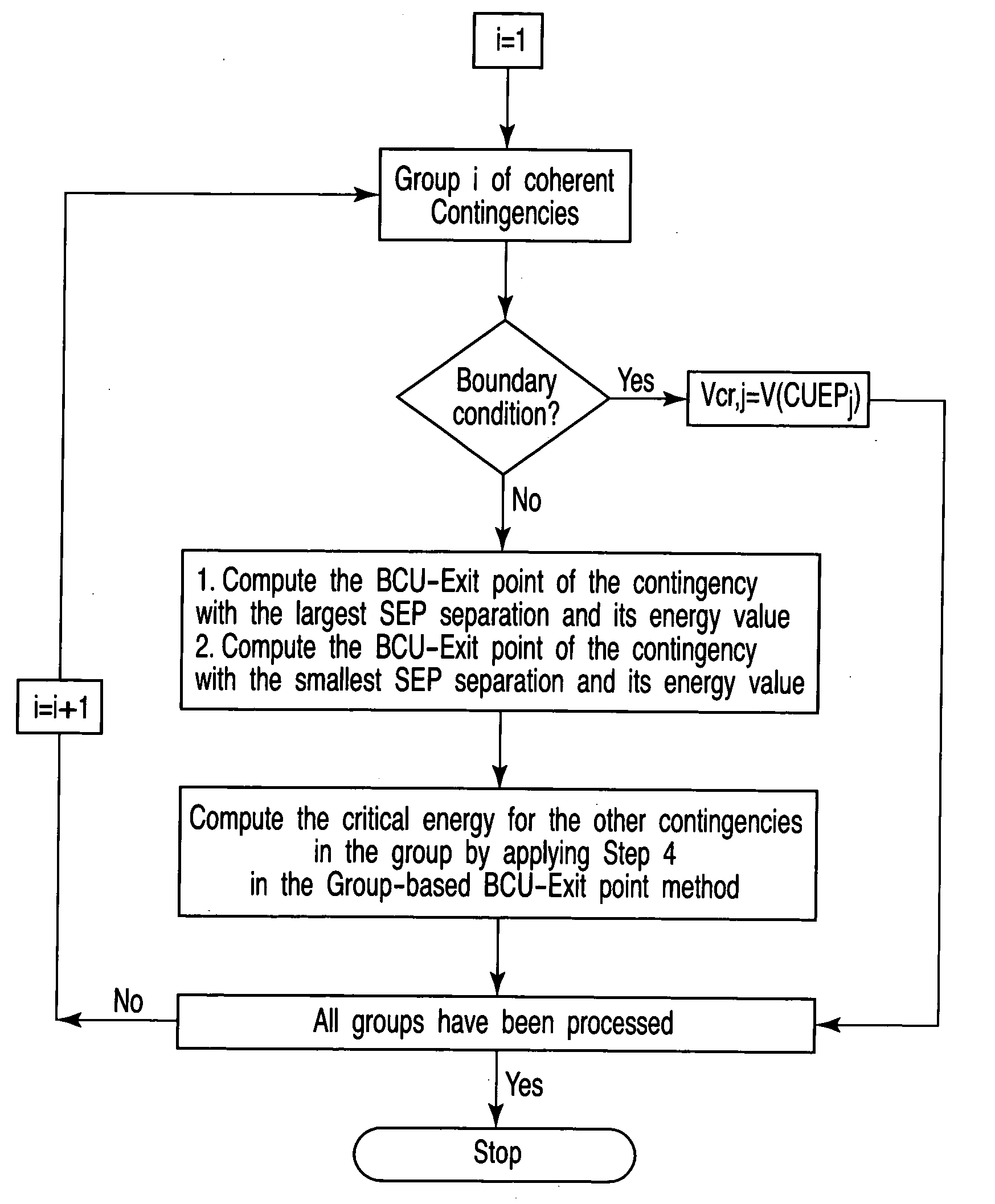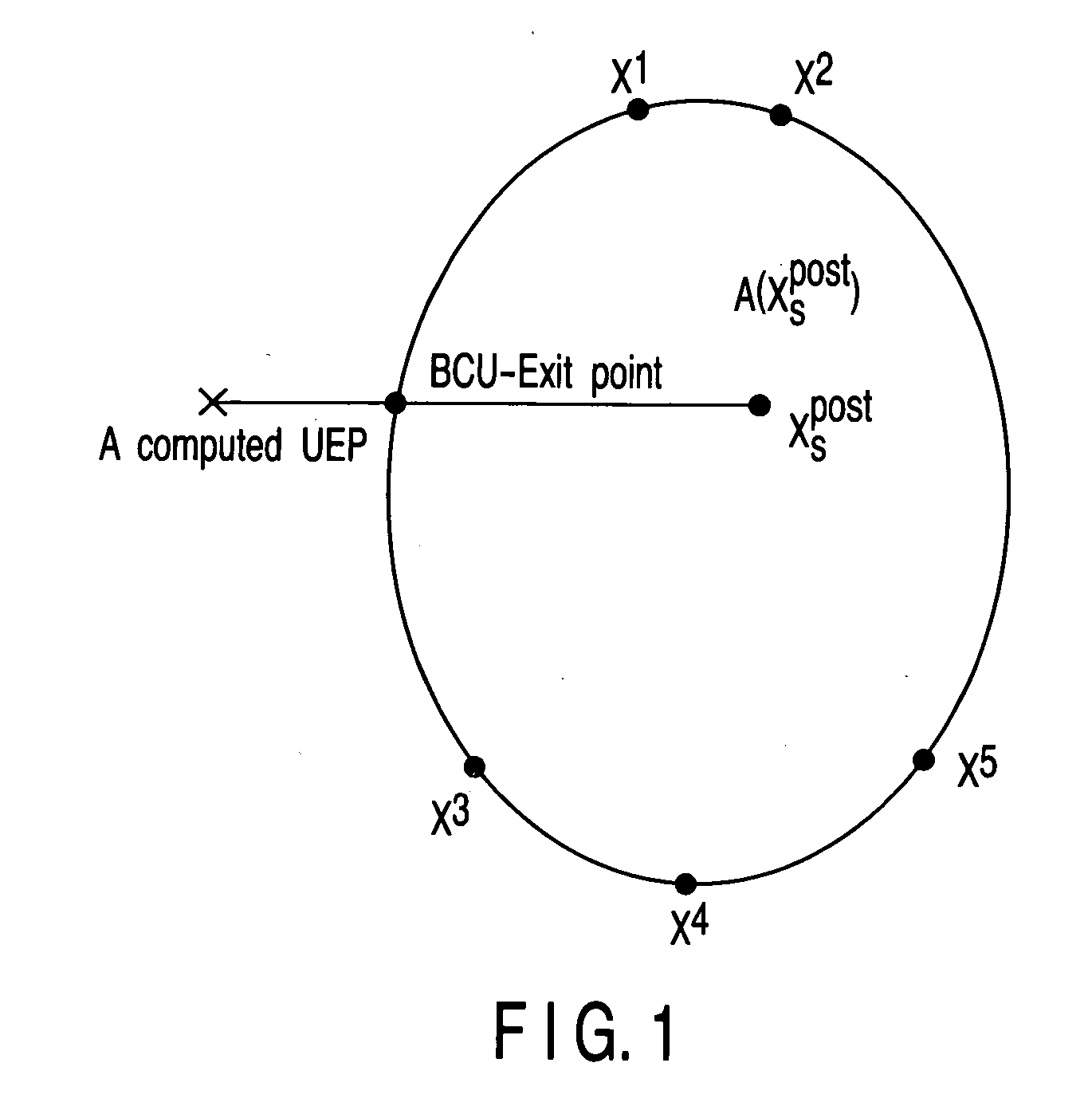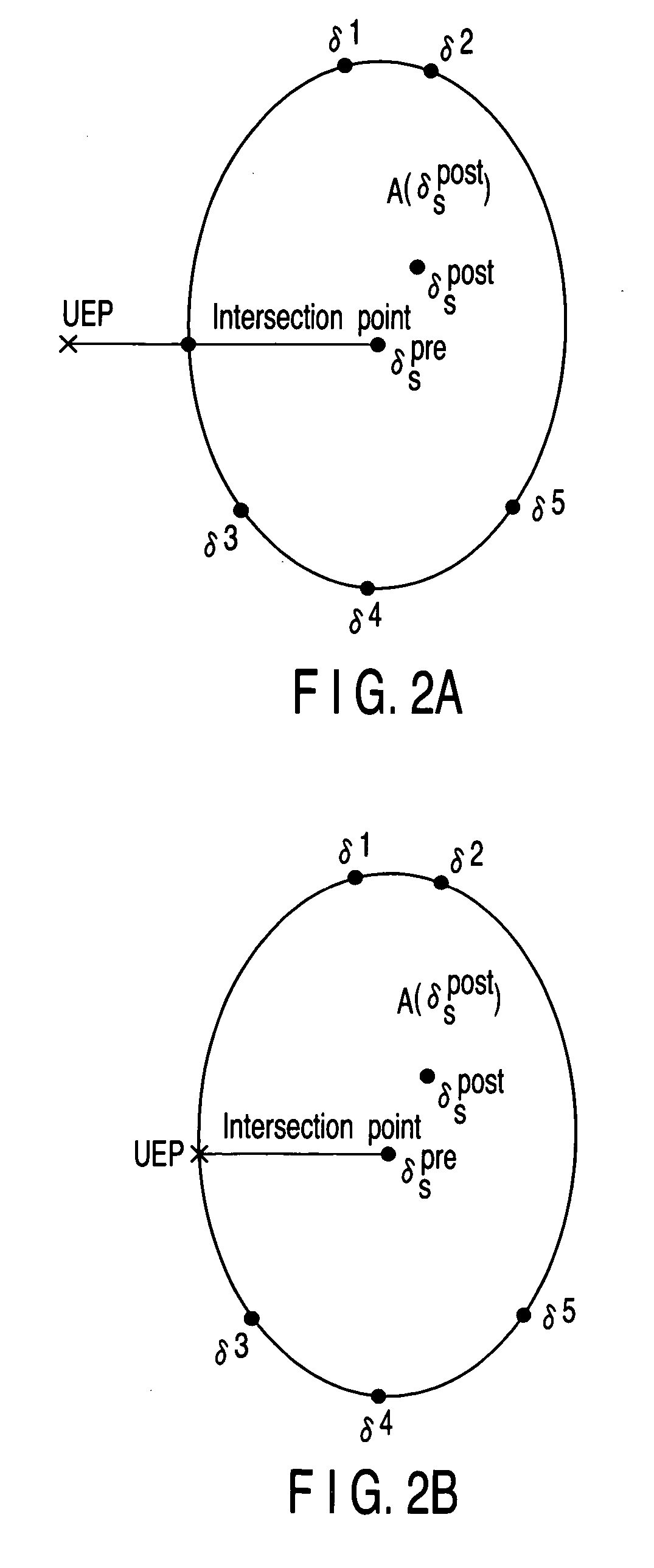Group-based BCU methods for on-line dynamical security assessments and energy margin calculations of practical power systems
a technology of dynamic security assessment and energy margin calculation, applied in the field of electric power systems, can solve the problems of power system instability, violation of stability limits, and modern energy management systems that typically do not perform on-line dynamic security assessment (dsa), and achieve the effect of improving not only the reliability of bcu methods
- Summary
- Abstract
- Description
- Claims
- Application Information
AI Technical Summary
Benefits of technology
Problems solved by technology
Method used
Image
Examples
Embodiment Construction
[0182] A preferred embodiment of the present invention will now be described with reference to the accompanying drawings.
[0183] At the present time, with the development of improved BCU classifiers, the only factor that degrades the reliability of the BCU method (i.e. BCU method gives incorrect stability assessments) is that the unstable equilibrium point (UEP) computed by the BCU method may not always be the true (correct) controlling UEP. Furthermore, UEPs computed by BCU method may not even satisfy the boundary condition. Recall that a computed UEP (with respect to a contingency) is said to satisfy the boundary condition if the computed UEP lies on the stability boundary of the original post-contingency system.
[0184] This factor can clearly explain the reason why the BCU method may give incorrect stability assessments for certain types of contingencies. BCU method fails because of the violation of the boundary condition due to insufficient system damping. Technically speaking, ...
PUM
 Login to View More
Login to View More Abstract
Description
Claims
Application Information
 Login to View More
Login to View More - R&D
- Intellectual Property
- Life Sciences
- Materials
- Tech Scout
- Unparalleled Data Quality
- Higher Quality Content
- 60% Fewer Hallucinations
Browse by: Latest US Patents, China's latest patents, Technical Efficacy Thesaurus, Application Domain, Technology Topic, Popular Technical Reports.
© 2025 PatSnap. All rights reserved.Legal|Privacy policy|Modern Slavery Act Transparency Statement|Sitemap|About US| Contact US: help@patsnap.com



